Common Tests Used To Diagnose Cancer
A physical exam, personal medical history, and family medical history can tip off a doctor to the possibility of cancer or an increased risk of cancer. Of course, when an individual is screened for cancer or their doctor feels their symptoms and medical history suggest the possibility of cancer, further testing is required. This testing helps find cancer or rule cancer out as the underlying cause of their symptoms.
Accurate testing to diagnose cancer is essential. Many tests also help doctors determine the extent of the patient's cancer. These tests are a significant part of effective cancer treatment. Upon diagnosis, doctors will detail a treatment plan for cancer. This often includes chemotherapy for cancer as well as surgery for cancer. Immunotherapy and radiation therapy are also common treatments for cancer. Patients may also try acupuncture for cancer, which may relieve treatment side effects. Of course, the best cancer treatment starts with the tests used to diagnose it.
Complete Blood Count

A complete blood count is a blood test that can assist in the diagnosis and evaluation of several types of cancer. A complete blood count measures the value of three different types of cells in the blood. The leukocyte count or white blood cell count is a measurement of the total number of white blood cells present in a sample of a patient's blood. A white blood cell differential measures the number of all types of white blood cells in a blood sample, including the number of basophils, eosinophils, monocytes, lymphocytes, and neutrophils. The red blood cell count measures the number of erythrocytes or red blood cells in the blood sample.
Cancers that affect the bone marrow can cause a low white blood cell count or a low red blood cell count. Some cancers that affect the bone marrow can also lower the number of platelets in the blood. A complete blood count can help diagnose cancers like lymphoma and leukemia.
Biopsy
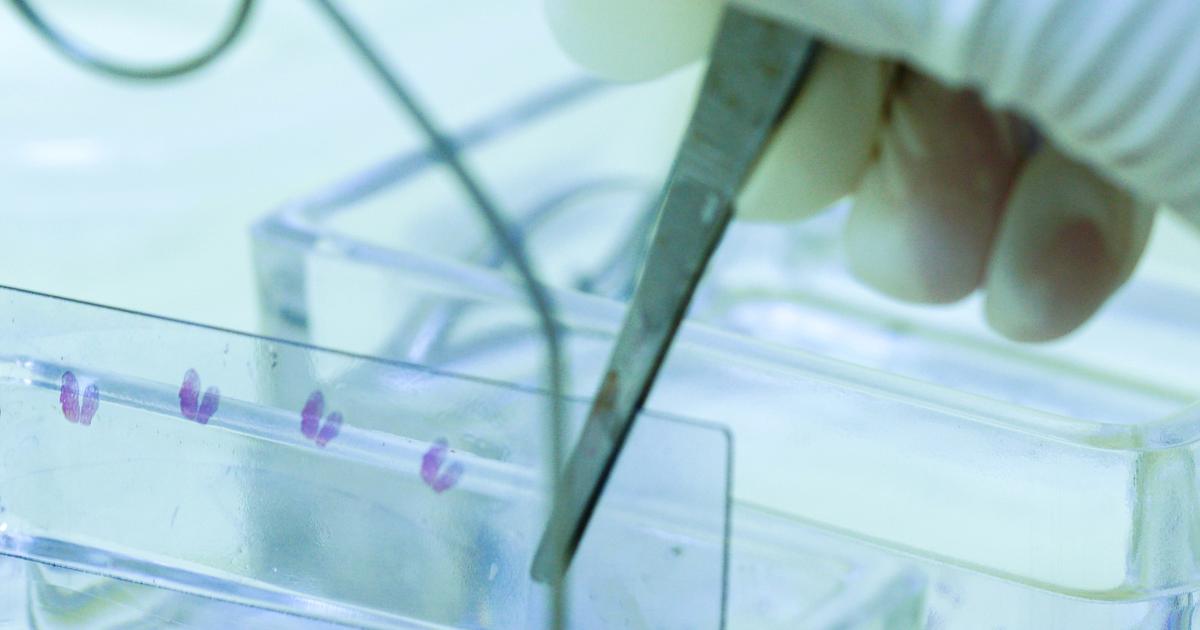
Some individuals who are suspected of having cancer may need to undergo a tissue biopsy to determine the underlying cause of their symptoms. In a biopsy, a tissue sample is removed from an individual's body and sent to a lab to be examined underneath a microscope. This examination reveals abnormal cells that may be cancerous or precancerous. Some biopsies can be performed with an endoscopic procedure. Others are guided with the use of diagnostic imaging like magnetic resonance imaging, computerized scans, or ultrasound.
The most common parts of the body that are biopsied due to suspected malignancy include the breast, bone marrow, lungs, bladder, lymph nodes, skin, gastrointestinal tract, liver, and colon. Depending on the shape, size, characteristics, and location of the abnormality, the patient's doctor determines which method is used to carry out the biopsy. Some biopsies of lumps just underneath the skin can be performed with a sterile needle and do not require imaging guidance to carry out. When a needle removes any substance from a mass in an individual's body using a needle, it is called an aspiration biopsy.
Positron Emission Tomography Scan
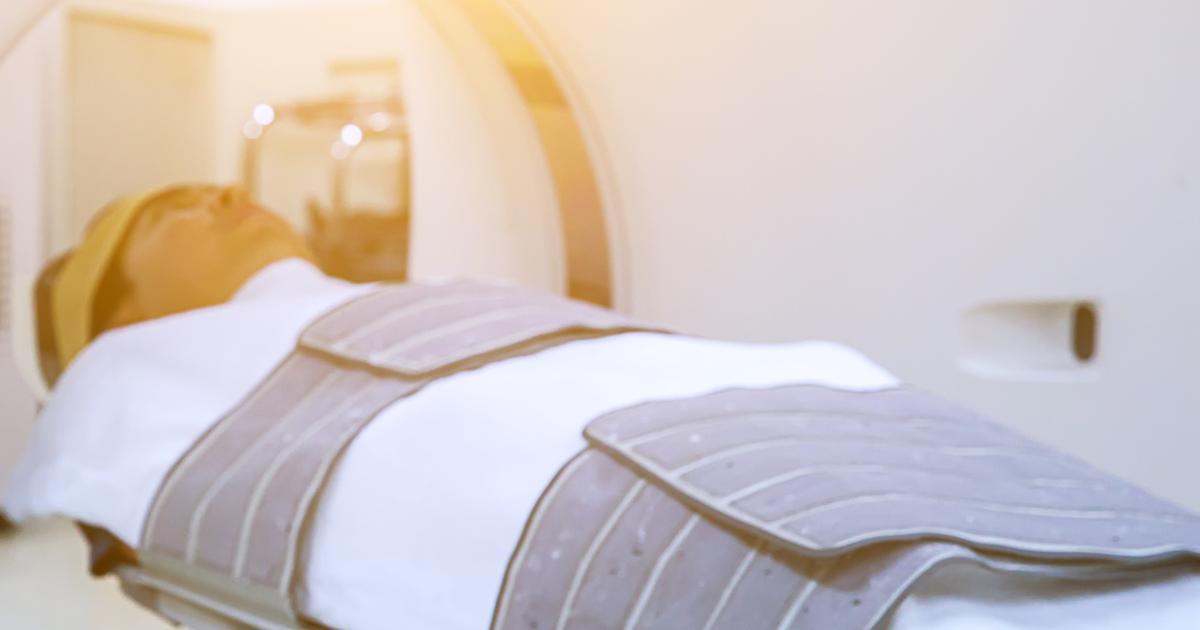
An individual with symptoms indicative of cancer may need to have a positron emission tomography (PET) scan to help rule out or diagnose malignancy in their body. This type of scan is a useful way for a patient's doctor to see the chemical activities of different body parts. While positron emission tomography scans can be used to diagnose many conditions, they are often used for cancer screening and detection. A positron emission tomography scan uses a substance referred to as a tracer to help highlight areas of the body that have a metabolic rate that differs from the rest of the cells in the body.
Instead of searching for a physical mass like x-rays, computerized tomography scans, and magnetic resonance imaging scans do, positron emission tomography scans can show changes in the way cells are functioning. Cancerous cells grow and multiply at a much faster rate than healthy cells. Metabolic rate is the speed at which cells metabolize glucose into ATP or usable energy. The tracer used in positron emission tomography scans for cancer detection contains glucose, which causes the prospective area with a faster metabolic rate to light up in the image.
Magnetic Resonance Imaging Or Computerized Tomography Scan
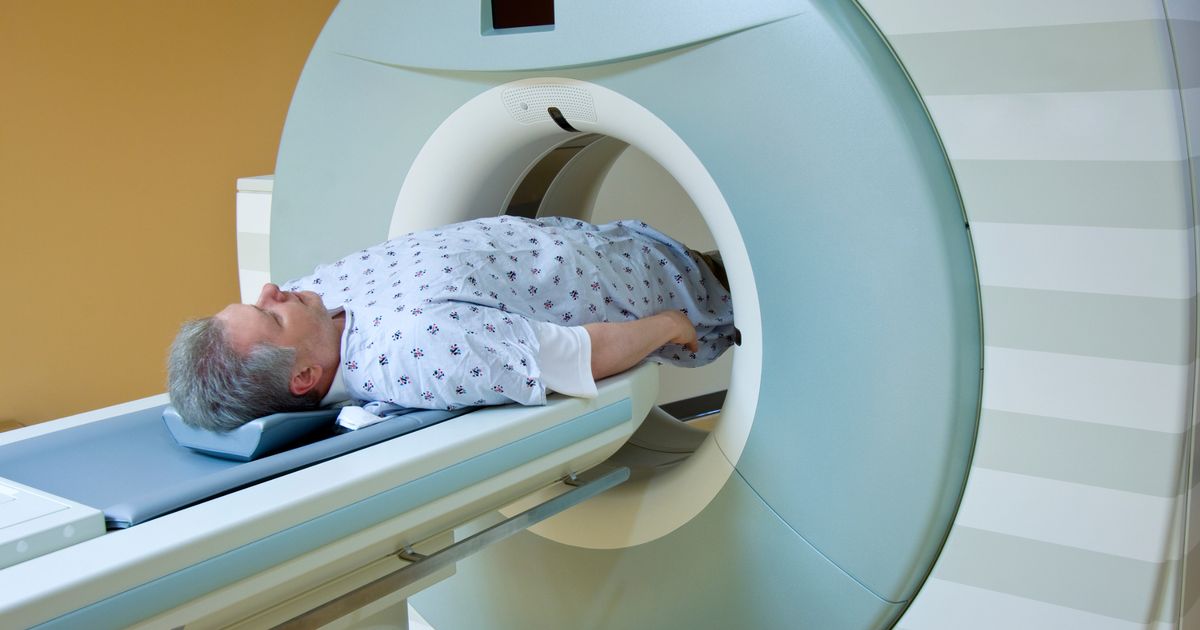
When an individual is suspected of having a cancerous mass in their body, their doctor may order magnetic resonance imaging (MRI) or a computerized tomography (CT) scan. These scans help identify or rule out the presence of cancer. Magnetic resonance imaging uses a series of cross-section pictures of the inside of the body produced using strong magnets to create a detailed depiction of the patient's organs and structures. These scans are frequently used for this purpose because they provide more dimension and precision than typical two-dimensional imaging methods like an x-ray.
Computerized tomography scans are also used to diagnose cancer and determine the stage of cancer, as well as the extent of the malignancy. This type of scan is a series of numerous x-rays taken of the patient's body from various angles. They are put together in a computer system to create a detailed image of the inside of their body. Computerized tomography scans are used most often to detect cancer in the chest, neck, head, abdomen, limbs, and pelvis. In some cases, computerized tomography scans may be integrated with positron emission tomography scans to provide a better diagnostic picture.
Urinalysis

An individual who exhibits symptoms of certain types of cancer may need to have a urinalysis. Urinalysis is a laboratory test performed on a patient's urine that measures the number of blood cells, chemicals, and proteins contained within it. The most prevalent symptom among patients affected by bladder cancer is referred to as hematuria. This is when an individual has blood spilling into their urine that the naked eye or a microscope can detect. A urinalysis can confirm if the urine discoloration is caused by hematuria or another mechanism.
Certain types of cancer in the body can cause abnormal substances or abnormal quantities of substances to spill into the patient's urine. Newer methods can use urinalysis to identify the presence of certain proteins known to be tumor markers for bladder cancer. Abnormal levels of glucose or white blood cells in the urine can also indicate malignancy in other organs.
Endoscopy
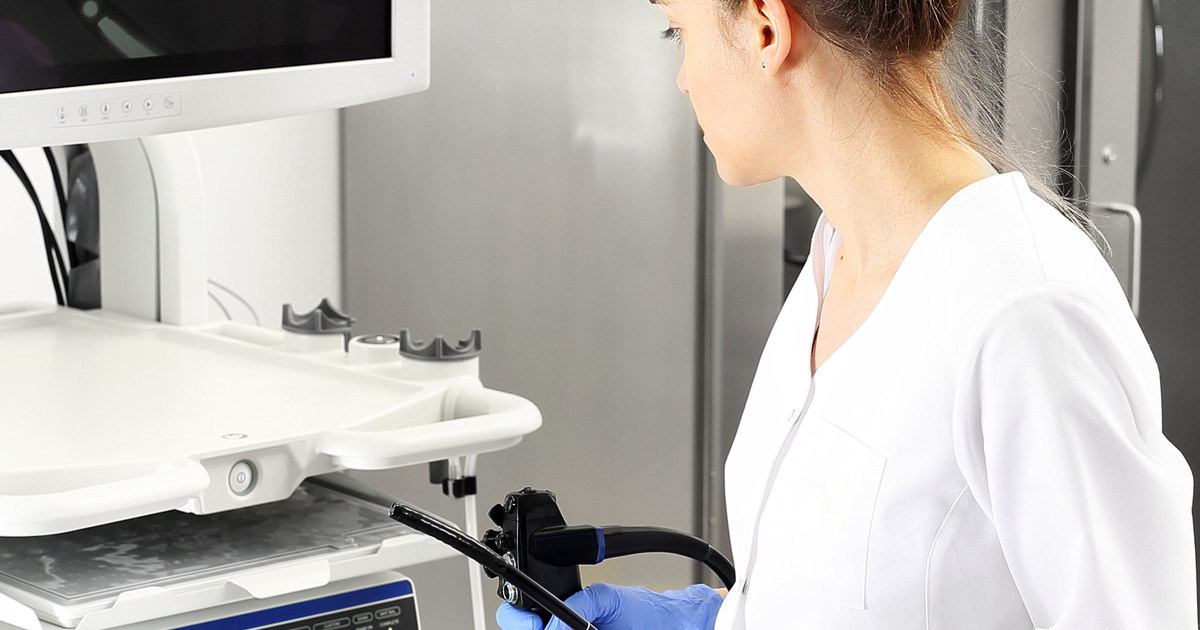
Patients may receive an endoscopy when their doctor is testing them for cancer. The precise endoscopy they will need depends on what part of their body needs to be examined. For instance, a colonoscopy is a form of endoscopy that examines a patient's colon. It is the most common test used to screen patients for colon cancer. An upper endoscopy looks at the lining of a patient's esophagus, stomach, and the first part of their small intestine.
Endoscopies involve the use of an endoscope, which is a thin and hollow tube that can be flexible or firm. They often have lights on the end, and some have a video camera to project images to a computer screen for doctors to see. In addition, certain types of endoscopies also allow the doctor to take a tissue biopsy.
Mammograms

Women receive regular mammograms to screen their breasts for signs of breast cancer. They are a form of low-dose x-ray. Depending on the source, recommendations range as to when women should start to have regular screening mammograms. The starting age for women who are at an average risk of breast cancer typically falls between forty and fifty years old. Women who are at a higher risk, such as if they have a family history of breast cancer, can start having mammograms as early as twenty-five to thirty years old.
Thankfully, regular mammograms are often able to catch breast cancer early, which is when it is the easiest to treat. In a regular screening mammogram, women often have two x-ray images of each breast taken. These are done from different angles. If abnormal changes or other signs of breast cancer are detected, women often need another mammogram that will take more x-ray images from other angles to diagnose their condition accurately.
Tumor Marker Test
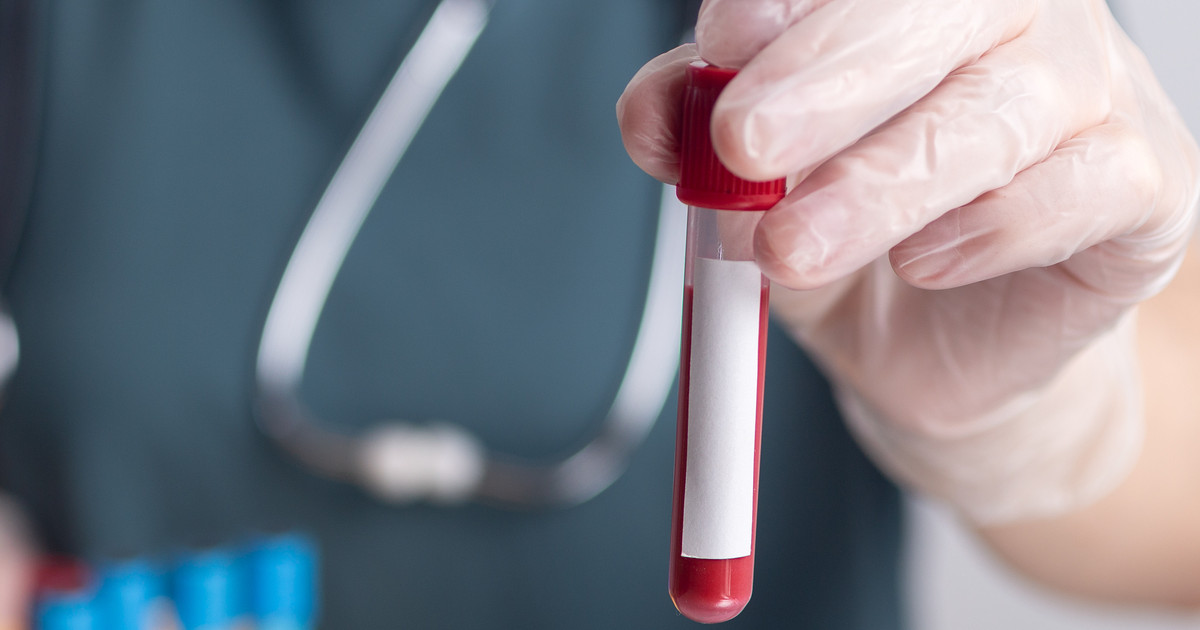
Tumors markers are substances produced by cancerous cells as well as healthy cells as a response to cancer in the body. They can be found in various bodily fluids and tissues, including an individual's blood, bone marrow, and urine. Although individuals may have low levels of tumor markers all of the time, these levels are elevated if cancer may be present. Thus, if doctors suspect cancer, they may order a tumor marker test. In most cases, this is a blood test. It detects the levels of tumor markers in the patient's body.
However, it is worth noting that a tumor marker test is not sufficient to diagnose cancer in most cases. Patients will need additional tests, including diagnostic imaging, to diagnose their condition accurately. The additional tests required can vary based on the tumor markers found. This is because some of the markers are specific to certain cancers. An example is cancer antigen 15-3, which is often an indication of breast cancer. In addition to helping diagnose cancer, tumor marker tests can help doctors evaluate the effectiveness of a patient's cancer treatment and to see if their cancer has returned.
Bone Scan

Patients will receive a bone scan if doctors suspect that they may have a form of bone cancer, such as osteosarcoma. A bone scan will create an image of the patient's skeleton. This happens through the use of a radioactive tracer, which is injected into a vein in the patient's arm a short time before the scan. In most cases, it takes three to four hours for the tracer to collect in the patient's bones. During the bone scan, patients must remain still unless the technician or doctor asks them to move in order to provide additional angles for the images. Patients will need to drink a significant amount of water following the scan to flush their body of the tracer. If the bone scan reveals abnormal results, patients may need additional tests.
Chest X-Rays
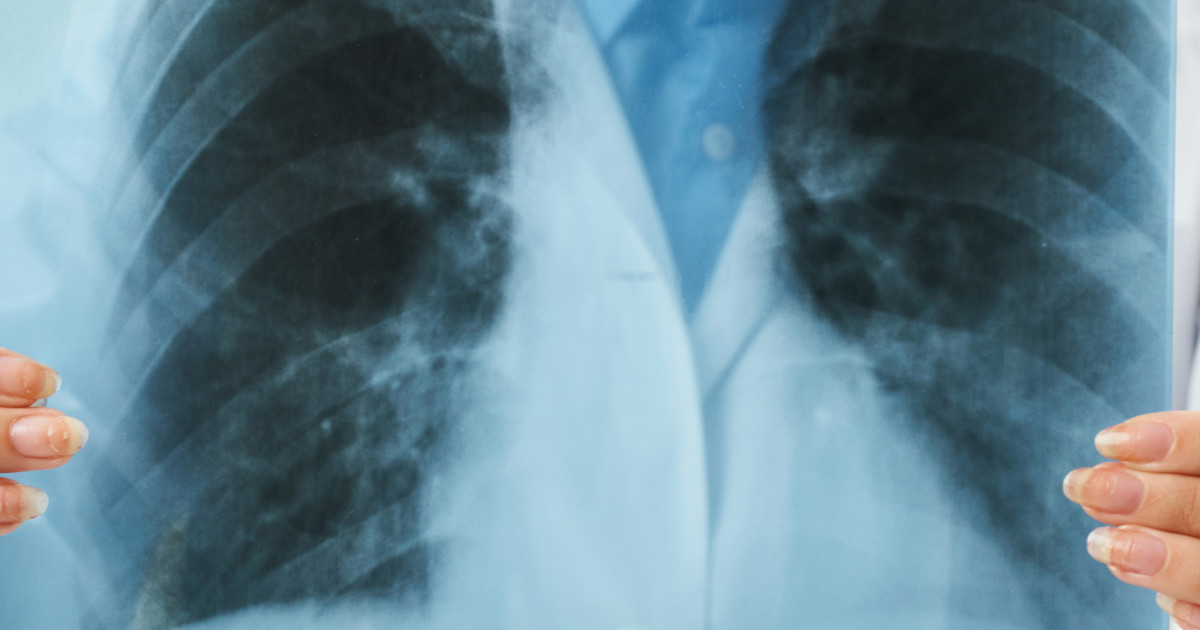
If doctors suspect that a patient may have lung cancer, one of the first tests they will order is a chest x-ray. X-rays are high-energy waves that pass through the part of the body being examined. Once they pass through the body, a machine on the other side picks up the x-rays and creates an image out of them. Different parts of the body will look different based on the rate at which they can absorb the energy from the x-rays. Bones are dense and often appear white and fairly clear, whereas the lungs are soft and should appear dark. Chest x-rays often reveal the tumors that lung cancer creates as white-grey masses.
It is vital to note that chest x-rays cannot always differentiate between lung cancer and other lung conditions, such as a lung abscess or pneumonia. Thus, doctors will often order additional tests after a chest x-ray. If they suspect lung cancer, the next test they will order will often be a computerized tomography scan.
